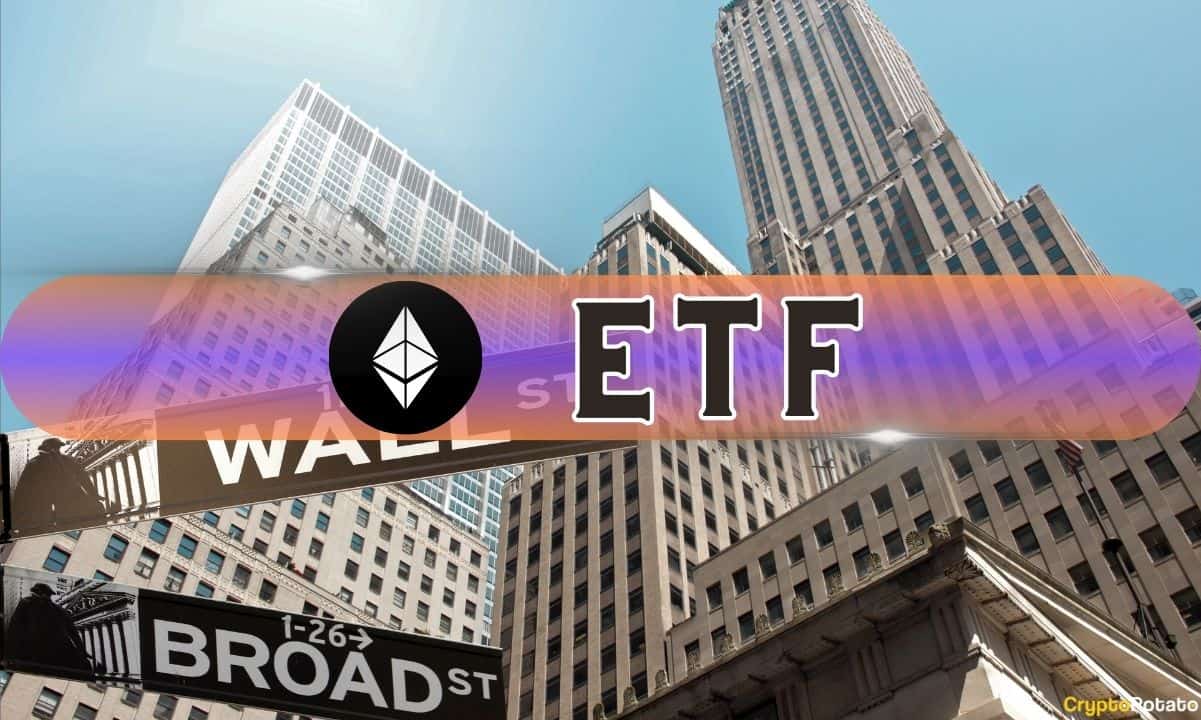This is Why Ethereum is No Longer a Deflationary Network: CryptoQuant


Over the years, analysts and developers have touted Ethereum as a deflationary network, presenting the blockchain as ultrasound, aligning with Bitcoin’s sound money principle. However, that seems to have changed with the network’s latest upgrade.
CryptoQuant analysts revealed in the firm’s latest weekly report that Ethereum ceased to be a deflationary network after the Dencun upgrade, implemented in March, which reduced the blockchain’s transaction fees by a substantial amount.
The Ultrasound Money Narrative
Ethereum’s ultrasound money narrative refers to the network as a system that maintains its purchasing power over time and stays resistant to inflation. Compared to Bitcoin, the term suggests that Ethereum has the potential to remain more sound by not just preserving purchasing power but reducing the supply of the network’s token, ether (ETH), over time.
In the nine years of its existence, Ethereum has implemented several upgrades to sustain the decrease in its inflationary rate or the issuance of new ETH.
The London upgrade, implemented in August 2021, introduced a mechanism that burned a portion of Ethereum’s gas fees, removing ETH from circulation with every transaction. The upgrade exerted deflationary pressure on ETH supply, making it more valuable and scarce over time.
In September 2022, developers implemented the Merge, transitioning Ethereum from a proof-of-work to a proof-of-stake network. The blockchain stopped issuing new ETH as block rewards to miners, drastically reducing the issuance and inflation rate of the crypto asset.
These two upgrades had deflationary effects on Ethereum until Dencun came along.
Ethereum is No Longer Deflationary
Dencun reduced transaction fees on Ethereum layer-2 chains and introduced danksharding, which allows the storage of additional data in blobs, making the network more efficient and less expensive.
Before the Dencun upgrade, the amount of fees burned on Ethereum was positively correlated with higher network activity; ETH supply was reduced faster, and more fees were burned due to higher network activity. However, the reduction of network fees has slashed the amount of ETH burned despite high activity.
The new supply of ETH has become positive again, increasing to its highest daily rate since the Merge, while the amount of fees burned has plummeted significantly. Hence, Ethereum is no longer deflationary.
“We conclude that, at the current rate of network activity, Ethereum will not be deflationary again, the narrative of ‘Ultra sound’ money has probably died or would need much more higher network activity to come back to life,” CryptoQuant stated.
The post This is Why Ethereum is No Longer a Deflationary Network: CryptoQuant appeared first on CryptoPotato.
This is Why Ethereum is No Longer a Deflationary Network: CryptoQuant


Over the years, analysts and developers have touted Ethereum as a deflationary network, presenting the blockchain as ultrasound, aligning with Bitcoin’s sound money principle. However, that seems to have changed with the network’s latest upgrade.
CryptoQuant analysts revealed in the firm’s latest weekly report that Ethereum ceased to be a deflationary network after the Dencun upgrade, implemented in March, which reduced the blockchain’s transaction fees by a substantial amount.
The Ultrasound Money Narrative
Ethereum’s ultrasound money narrative refers to the network as a system that maintains its purchasing power over time and stays resistant to inflation. Compared to Bitcoin, the term suggests that Ethereum has the potential to remain more sound by not just preserving purchasing power but reducing the supply of the network’s token, ether (ETH), over time.
In the nine years of its existence, Ethereum has implemented several upgrades to sustain the decrease in its inflationary rate or the issuance of new ETH.
The London upgrade, implemented in August 2021, introduced a mechanism that burned a portion of Ethereum’s gas fees, removing ETH from circulation with every transaction. The upgrade exerted deflationary pressure on ETH supply, making it more valuable and scarce over time.
In September 2022, developers implemented the Merge, transitioning Ethereum from a proof-of-work to a proof-of-stake network. The blockchain stopped issuing new ETH as block rewards to miners, drastically reducing the issuance and inflation rate of the crypto asset.
These two upgrades had deflationary effects on Ethereum until Dencun came along.
Ethereum is No Longer Deflationary
Dencun reduced transaction fees on Ethereum layer-2 chains and introduced danksharding, which allows the storage of additional data in blobs, making the network more efficient and less expensive.
Before the Dencun upgrade, the amount of fees burned on Ethereum was positively correlated with higher network activity; ETH supply was reduced faster, and more fees were burned due to higher network activity. However, the reduction of network fees has slashed the amount of ETH burned despite high activity.
The new supply of ETH has become positive again, increasing to its highest daily rate since the Merge, while the amount of fees burned has plummeted significantly. Hence, Ethereum is no longer deflationary.
“We conclude that, at the current rate of network activity, Ethereum will not be deflationary again, the narrative of ‘Ultra sound’ money has probably died or would need much more higher network activity to come back to life,” CryptoQuant stated.
The post This is Why Ethereum is No Longer a Deflationary Network: CryptoQuant appeared first on CryptoPotato.

